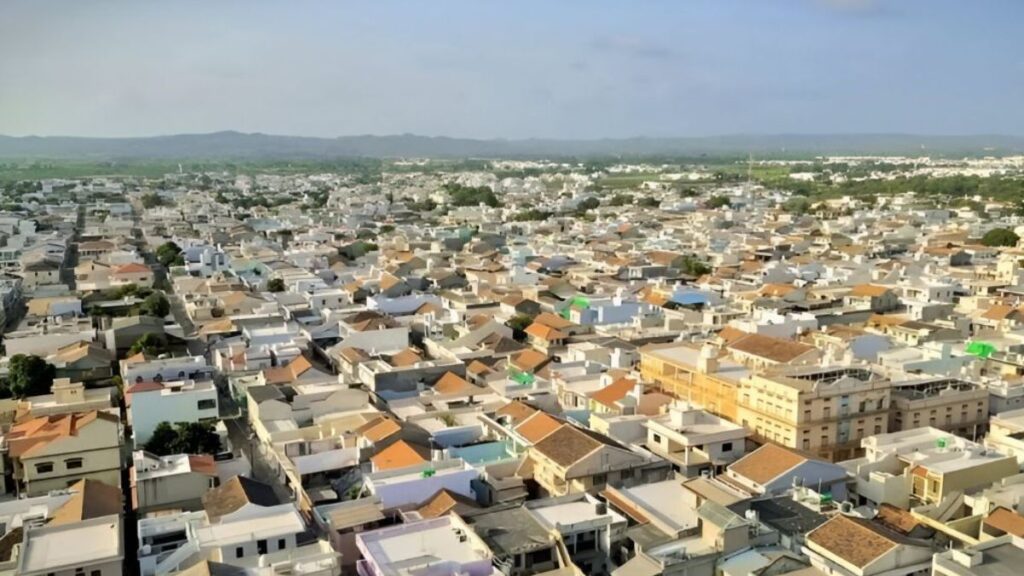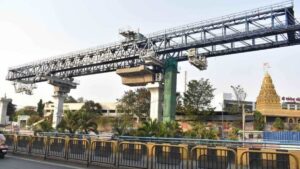Asia’s Richest Village: How Did They Get So Rich?

In a country with 284 billionaires, India also boasts an unexpected gem—Madhapar, a small village in Gujarat’s Kutch district, which holds the title of Asia’s richest village. With a population of just 32,000, this unassuming village has amassed fixed deposits worth ₹7,000 crore in local banks, making it a symbol of rural prosperity.
A Village That Rivals Urban Wealth
Unlike many rural areas struggling with basic infrastructure, Madhapar stands out with well-paved roads, reliable water supply, top-notch sanitation, schools, and healthcare facilities that rival those in developed towns. The village also features grand temples, adding to its charm.
The Secret Behind the Wealth
The key to Madhapar’s prosperity lies in its strong banking network. Almost every major bank—HDFC, SBI, ICICI, PNB, Axis, and Union Bank—has a branch here. Reports reveal that villagers have parked over ₹7,000 crore in fixed deposits across 17 banks, showcasing their financial stability.
But where does this wealth come from?
NRI Contributions Fuel the Economy
A major chunk of Madhapar’s riches comes from foreign remittances. Around 1,200 families from the village have settled abroad, particularly in African nations, but they continue to send money back home. These NRIs have kept strong ties with their roots, depositing large sums in local banks and post offices.
In fact, the Madhapar Village Association, formed in London in 1968, acts as a bridge between the village and its global diaspora, ensuring continuous financial and social support.
Agriculture: The Other Pillar of Prosperity
Apart from NRI wealth, agriculture plays a vital role in Madhapar’s economy. Farmers here grow mangoes, maize, and sugarcane, selling produce both locally and nationally. Many are financially secure, further strengthening the village’s self-sufficiency.
Madhapar’s story is a rare example of how rural India can thrive with the right mix of global connections, strong financial systems, and sustainable development.








